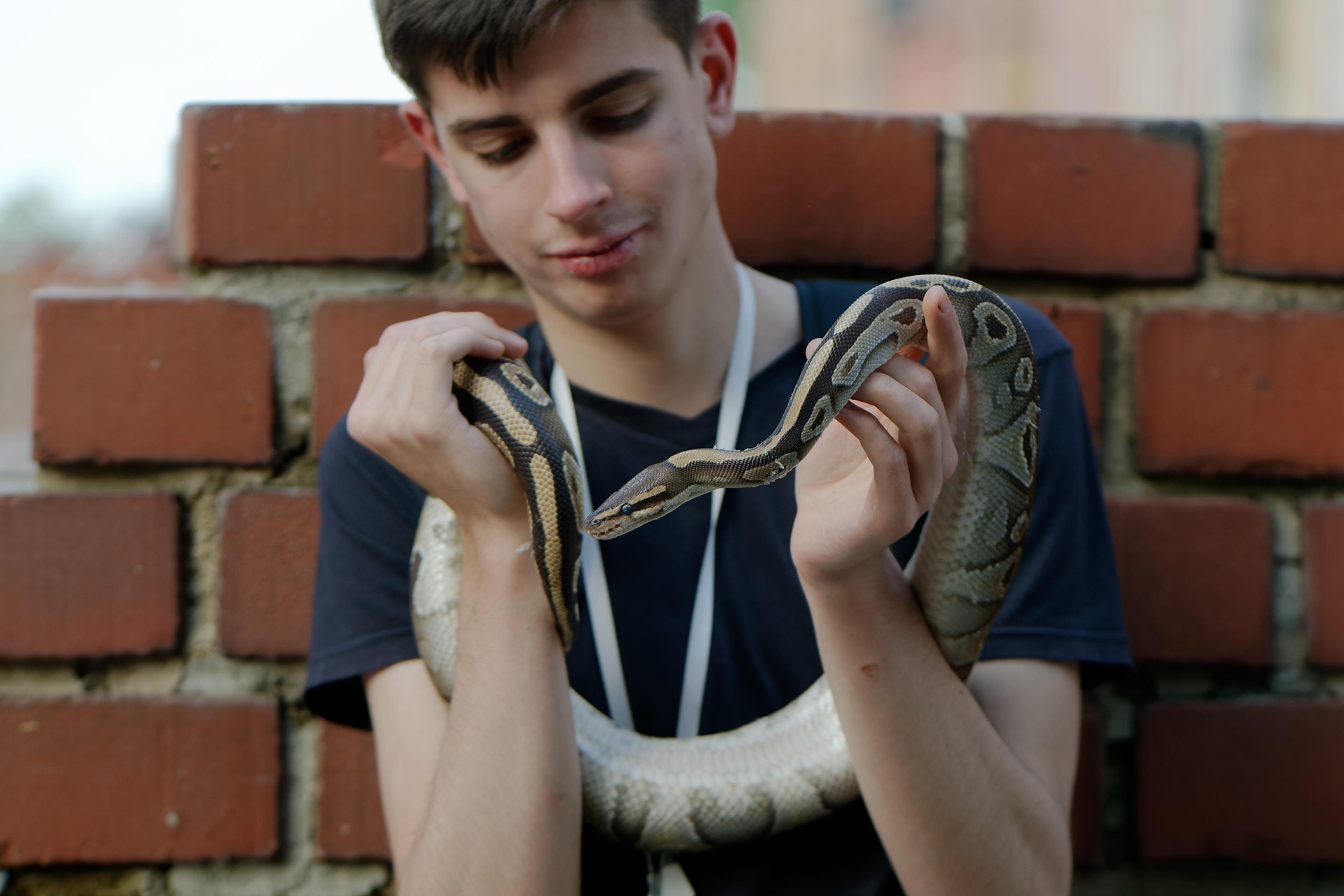Of Scales and Love: The Rise and Popularity of Pet Reptiles
As our interest in unconventional companions remains on the upswing, reptilian pets are steadily gaining traction in the United States. An increasing number of American households are now sharing their homes with cold-blooded creatures like snakes, turtles, and lizards. This article delves into the how and why behind this emerging trend.

Slithery Beginnings: Tracing Reptilian Domestication
While pet dogs and cats trace back to ages-old domestication, most reptiles’ history as household pets started in the twentieth century. The charm of these unique, lower-maintenance pets captured the hearts of many, spearheading the popularity of these scaly, cold-blooded creatures. What started as minor interest in the 1960s and ’70s steadily grew, with a boom in reptile pet popularity noted in the 1990s.
The Reptile Boom: Reasons Behind the Rise
Reptiles’ rise can be attributed to a shift in modern lifestyles and changing perceptions of pets. The fact that they require less space and daily care resonates well with urban dwellers. Moreover, the increasing emphasis on animal conservation and respect for biodiversity is encouraging people to love ‘non-cuddly’ pets as much as the furry ones. The possibility of owning a part of the ‘wild’ within the confines of one’s home has a charm of its own, contributing to this burgeoning reptile love.
Market Watch: The Economic Impact
The boom has fueled a growing industry of reptile breeding, supplies, food, and healthcare. Market research shows that there is a rising demand for reptile-related supplies, including habitat set-ups, heaters, lightings, and special diet foods. This segment is growing at an impressive pace, with a predicted market value of over $1.36 billion by 2027 in North America alone. The surge in reptile ownership is clearly translating to upliftment in this niche pet industry.
The Flipside: Conservation Angle and Invasive Species Concerns
While loving a reptile can be fulfilling, it’s vital to remember these pets are fundamentally different from traditional companion animals. Their wilder nature requires specialized care and handling. There are also valid concerns about illegal trade contributing to declining wild populations, the risk of invasive species, and associated diseases. These insist on nuanced understanding and responsible pet ownership.
Our Scaled Companions: For Better or For Worse
The trend of keeping pet reptiles is undoubtedly here to stay. As more people experience the unique thrill of handling a python or bonding with a bearded dragon, there’s bound to be continued growth in this sector. However, the distinction between the ‘exotic’ appeal and the responsibility it entails is vital. Ultimately, the health and well-being of these extraordinary pets are contingent on the care they receive in our homes and the respect we bear for their wild roots.
In this love affair with the scaled and exotic, lies an opportunity to further our understanding of these exceptional creatures, and to instill a sense of respect and responsibility towards all forms of life.




